Apigenin 7-O-(2G-rhamnosyl)gentiobiosideCAS# 174284-20-9 |
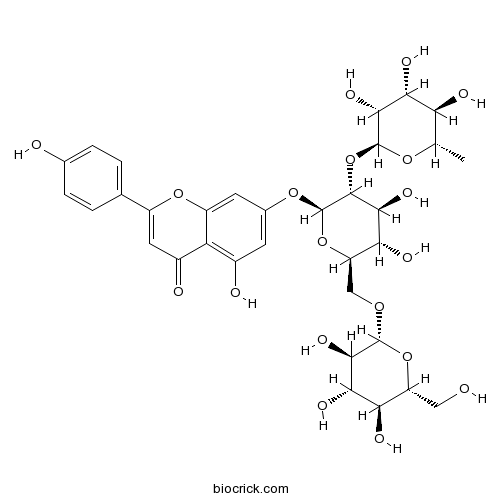
Quality Control & MSDS
3D structure
Package In Stock
Number of papers citing our products
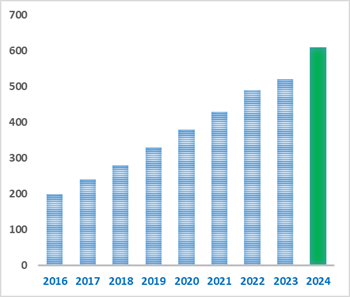
| Cas No. | 174284-20-9 | SDF | Download SDF |
| PubChem ID | 10795088 | Appearance | Yellow powder |
| Formula | C33H40O19 | M.Wt | 740.67 |
| Type of Compound | Flavonoids | Storage | Desiccate at -20°C |
| Solubility | Soluble in Chloroform,Dichloromethane,Ethyl Acetate,DMSO,Acetone,etc. | ||
| Chemical Name | 7-[(2S,3R,4S,5S,6R)-4,5-dihydroxy-6-[[(2R,3R,4S,5S,6R)-3,4,5-trihydroxy-6-(hydroxymethyl)oxan-2-yl]oxymethyl]-3-[(2S,3R,4R,5R,6S)-3,4,5-trihydroxy-6-methyloxan-2-yl]oxyoxan-2-yl]oxy-5-hydroxy-2-(4-hydroxyphenyl)chromen-4-one | ||
| SMILES | CC1C(C(C(C(O1)OC2C(C(C(OC2OC3=CC(=C4C(=C3)OC(=CC4=O)C5=CC=C(C=C5)O)O)COC6C(C(C(C(O6)CO)O)O)O)O)O)O)O)O | ||
| Standard InChIKey | LXOPDILLGIDKLW-KDGNLIIISA-N | ||
| General tips | For obtaining a higher solubility , please warm the tube at 37 ℃ and shake it in the ultrasonic bath for a while.Stock solution can be stored below -20℃ for several months. We recommend that you prepare and use the solution on the same day. However, if the test schedule requires, the stock solutions can be prepared in advance, and the stock solution must be sealed and stored below -20℃. In general, the stock solution can be kept for several months. Before use, we recommend that you leave the vial at room temperature for at least an hour before opening it. |
||
| About Packaging | 1. The packaging of the product may be reversed during transportation, cause the high purity compounds to adhere to the neck or cap of the vial.Take the vail out of its packaging and shake gently until the compounds fall to the bottom of the vial. 2. For liquid products, please centrifuge at 500xg to gather the liquid to the bottom of the vial. 3. Try to avoid loss or contamination during the experiment. |
||
| Shipping Condition | Packaging according to customer requirements(5mg, 10mg, 20mg and more). Ship via FedEx, DHL, UPS, EMS or other couriers with RT, or blue ice upon request. | ||
| Description | Apigenin 7-O-(2G-rhamnosyl)gentiobioside is a natural product from Lonicera japonica Thunb. |
| Structure Identification | J. Nat. Prod., 1996, 59 (3), pp 314–315Flavone Glycosides from Lonicera gracilipes var. glandulosa[Reference: WebLink]
|

Apigenin 7-O-(2G-rhamnosyl)gentiobioside Dilution Calculator

Apigenin 7-O-(2G-rhamnosyl)gentiobioside Molarity Calculator
| 1 mg | 5 mg | 10 mg | 20 mg | 25 mg | |
| 1 mM | 1.3501 mL | 6.7506 mL | 13.5013 mL | 27.0026 mL | 33.7532 mL |
| 5 mM | 0.27 mL | 1.3501 mL | 2.7003 mL | 5.4005 mL | 6.7506 mL |
| 10 mM | 0.135 mL | 0.6751 mL | 1.3501 mL | 2.7003 mL | 3.3753 mL |
| 50 mM | 0.027 mL | 0.135 mL | 0.27 mL | 0.5401 mL | 0.6751 mL |
| 100 mM | 0.0135 mL | 0.0675 mL | 0.135 mL | 0.27 mL | 0.3375 mL |
| * Note: If you are in the process of experiment, it's necessary to make the dilution ratios of the samples. The dilution data above is only for reference. Normally, it's can get a better solubility within lower of Concentrations. | |||||

Calcutta University

University of Minnesota

University of Maryland School of Medicine

University of Illinois at Chicago
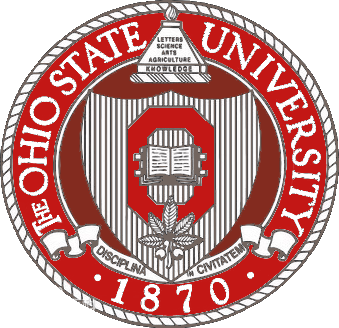
The Ohio State University
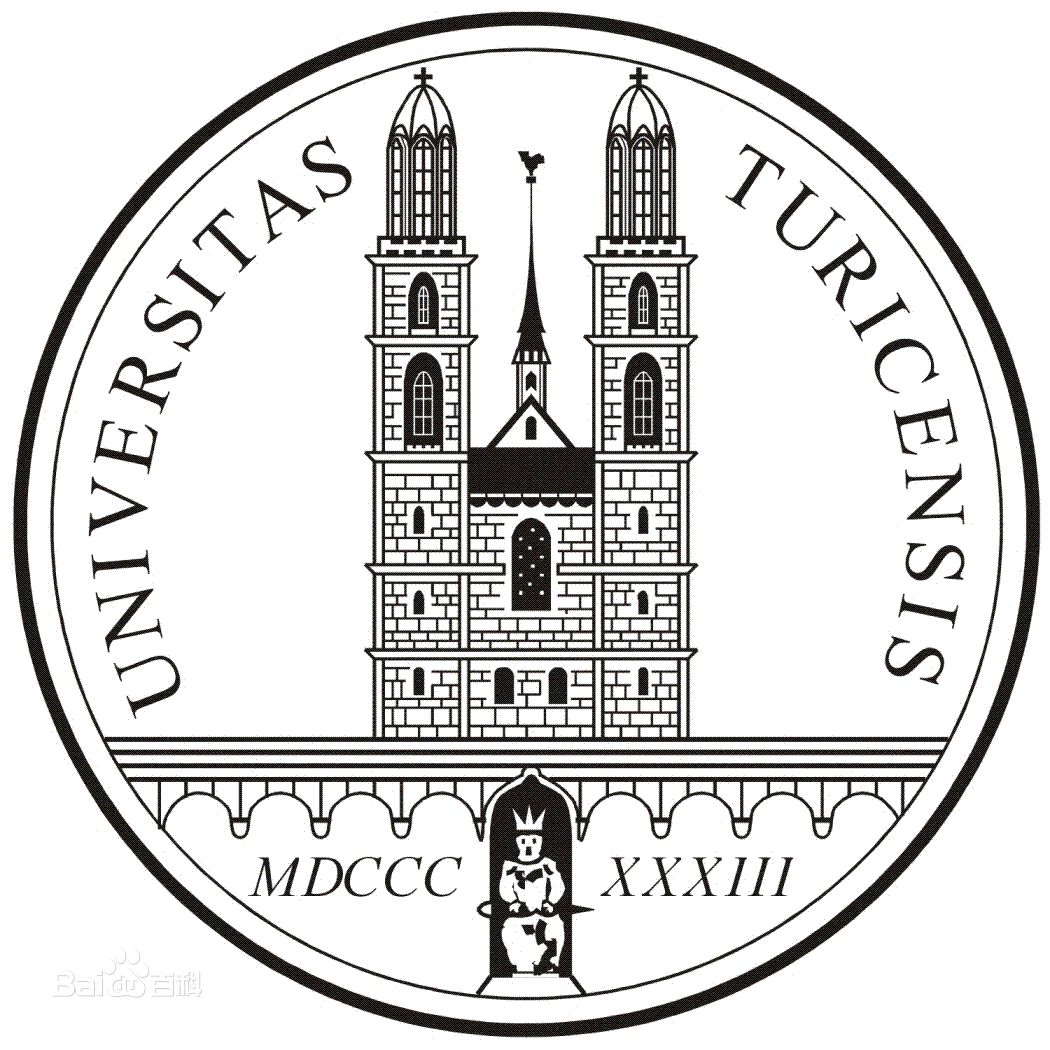
University of Zurich

Harvard University

Colorado State University
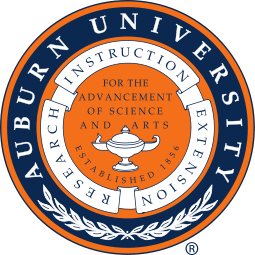
Auburn University

Yale University

Worcester Polytechnic Institute

Washington State University
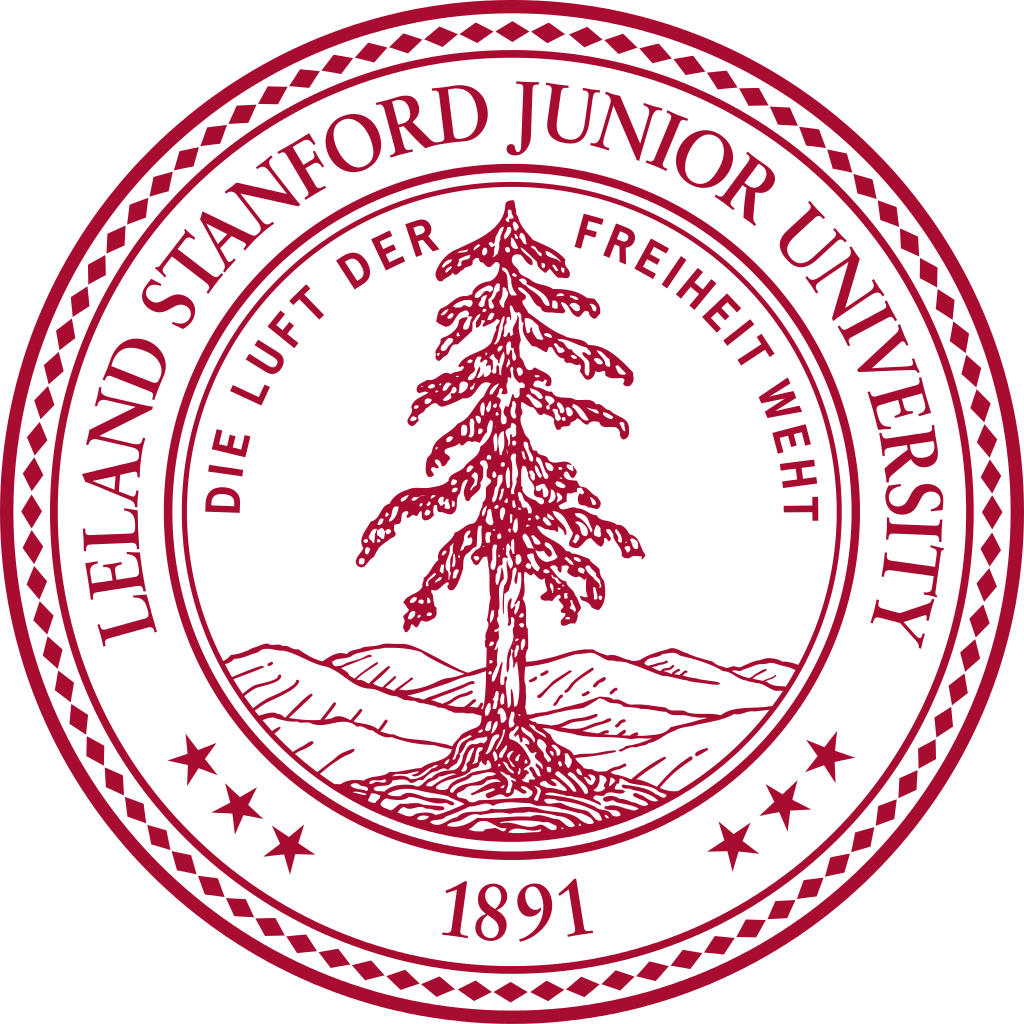
Stanford University

University of Leipzig
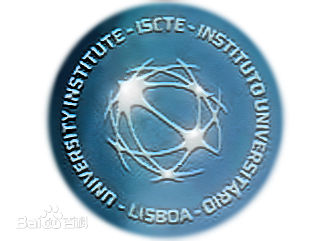
Universidade da Beira Interior
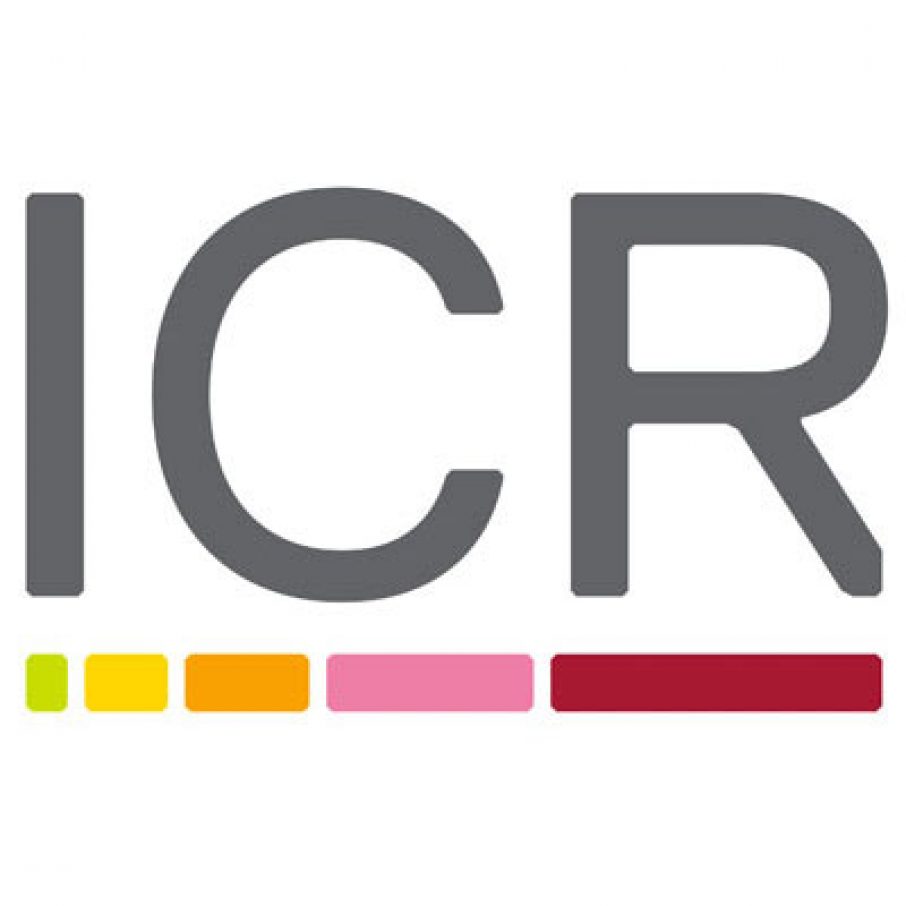
The Institute of Cancer Research

Heidelberg University

University of Amsterdam

University of Auckland

TsingHua University
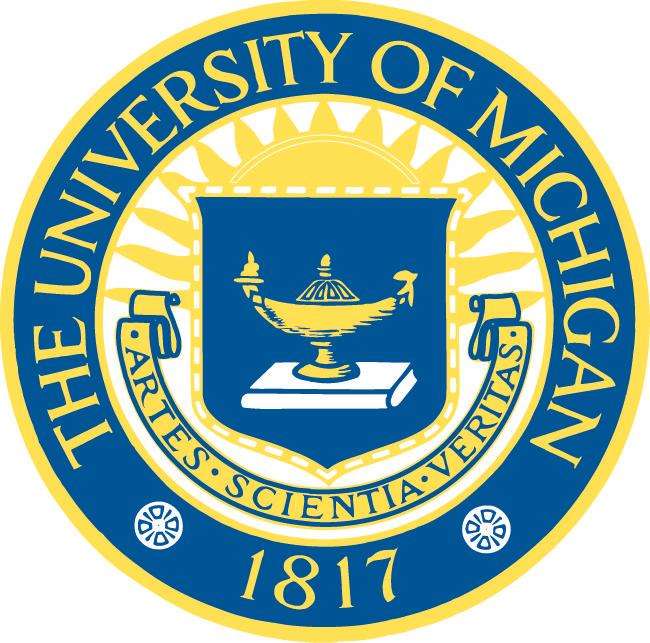
The University of Michigan

Miami University
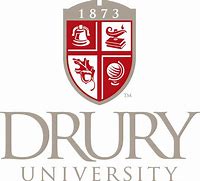
DRURY University
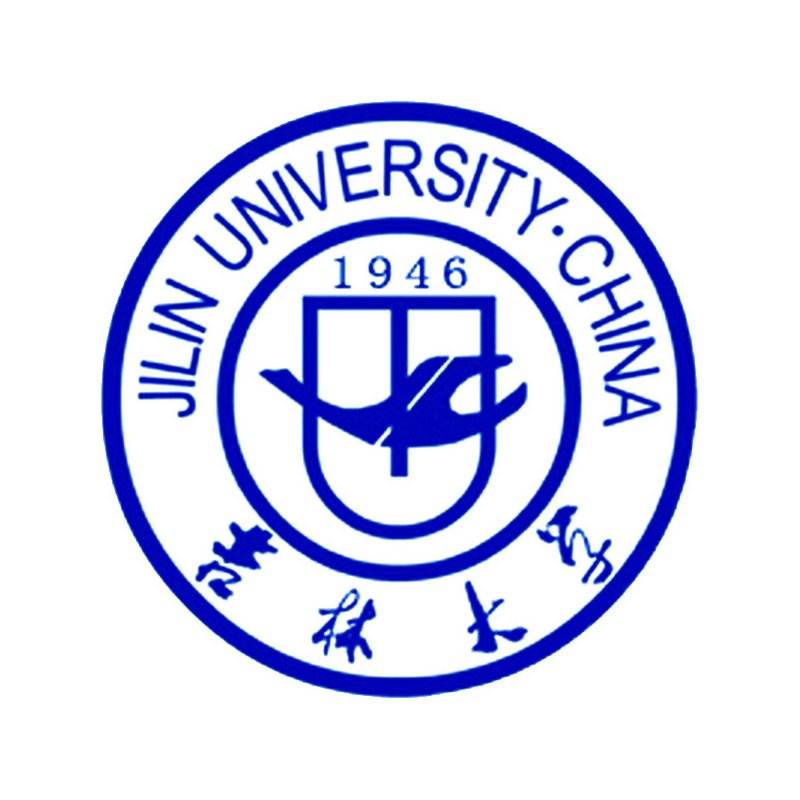
Jilin University

Fudan University
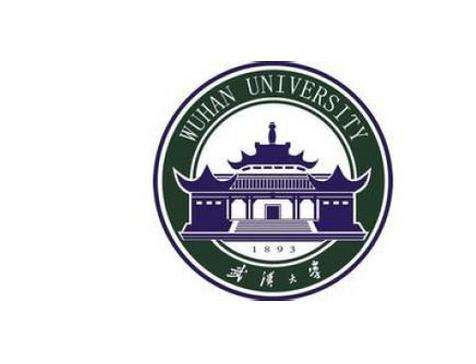
Wuhan University
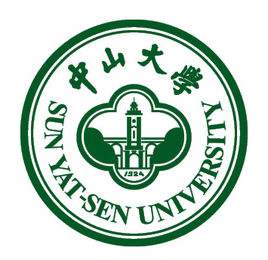
Sun Yat-sen University

Universite de Paris

Deemed University

Auckland University
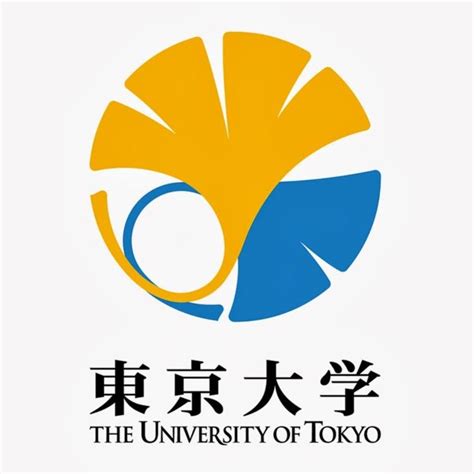
The University of Tokyo

Korea University
- Pancixanthone A
Catalog No.:BCN7379
CAS No.:174232-30-5
- Methyl 3-(2,4-dihydroxyphenyl)propionate
Catalog No.:BCN1525
CAS No.:17422-90-1
- 3-Chloro-4-hydroxypiperidin-2-one
Catalog No.:BCN3992
CAS No.:174204-83-2
- Aristolochic acid D
Catalog No.:BCN2902
CAS No.:17413-38-6
- 3-(4-Pyridyl)-D-Alanine.2HCl
Catalog No.:BCC2650
CAS No.:174096-41-4
- Tomatine
Catalog No.:BCN2966
CAS No.:17406-45-0
- Bevirimat
Catalog No.:BCC5312
CAS No.:174022-42-5
- Dehydroabietic acid
Catalog No.:BCN1119
CAS No.:1740-19-8
- Nepicastat
Catalog No.:BCC1795
CAS No.:173997-05-2
- 5-Acetyl-6-hydroxy-2-(1-hydroxy-1-methylethyl)benzofuran
Catalog No.:BCN7495
CAS No.:173992-05-7
- 22-Hydroxy-3-oxo-12-ursen-30-oic acid
Catalog No.:BCN1526
CAS No.:173991-81-6
- Tanshinone IIB
Catalog No.:BCN1118
CAS No.:17397-93-2
- Epimedin K
Catalog No.:BCN8201
CAS No.:174286-13-6
- Caohuoside E
Catalog No.:BCN8198
CAS No.:174286-23-8
- Astragaloside
Catalog No.:BCN5959
CAS No.:17429-69-5
- Picropodophyllotoxin
Catalog No.:BCN2585
CAS No.:17434-18-3
- Tsugaric acid A
Catalog No.:BCN2980
CAS No.:174391-64-1
- Riluzole
Catalog No.:BCC3849
CAS No.:1744-22-5
- Amiloride HCl dihydrate
Catalog No.:BCC5068
CAS No.:17440-83-4
- Sanggenol A
Catalog No.:BCN3602
CAS No.:174423-30-4
- Tipranavir
Catalog No.:BCC2002
CAS No.:174484-41-4
- alpha-Spinasterol glucoside
Catalog No.:BCN1120
CAS No.:1745-36-4
- 2-Allylphenol
Catalog No.:BCC8518
CAS No.:1745-81-9
- SDZ 220-581
Catalog No.:BCC1939
CAS No.:174575-17-8


